Hot Topics in International Trade Tariff Mitigation Strategies-Looking for Ideas
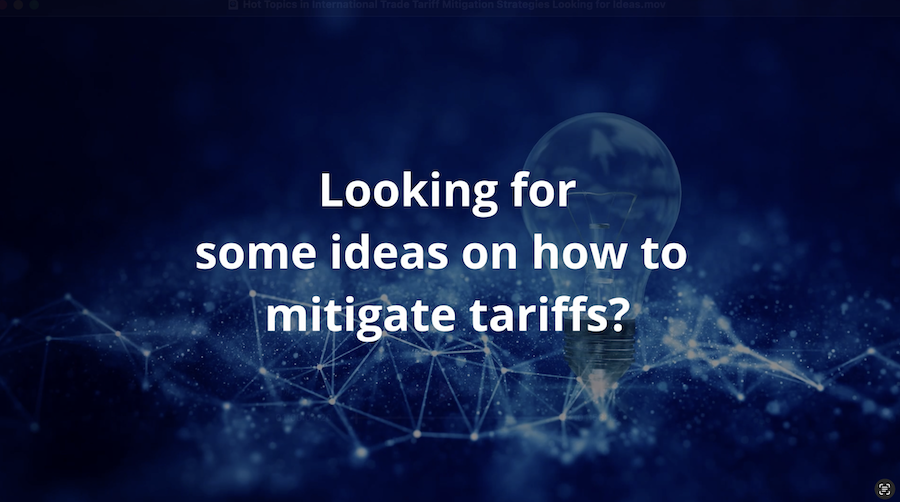
Looking for some ideas on how to mitigate tariffs? Have a few dragons in your supply chain? Need some assistance in planning a strategy? The trade seas probably won’t be calm anytime soon. And uncertainty has of course become the business norm. If you are seeking counsel, and not counselling, Then you may wish to chat with us in a 30-minute consultation to see if we can be of assistance. Just go to the websites and hit the Submit Your Project button.
Sanctions, Bans, and Tariffs How The U.S. is Fueling Chinese Innovation
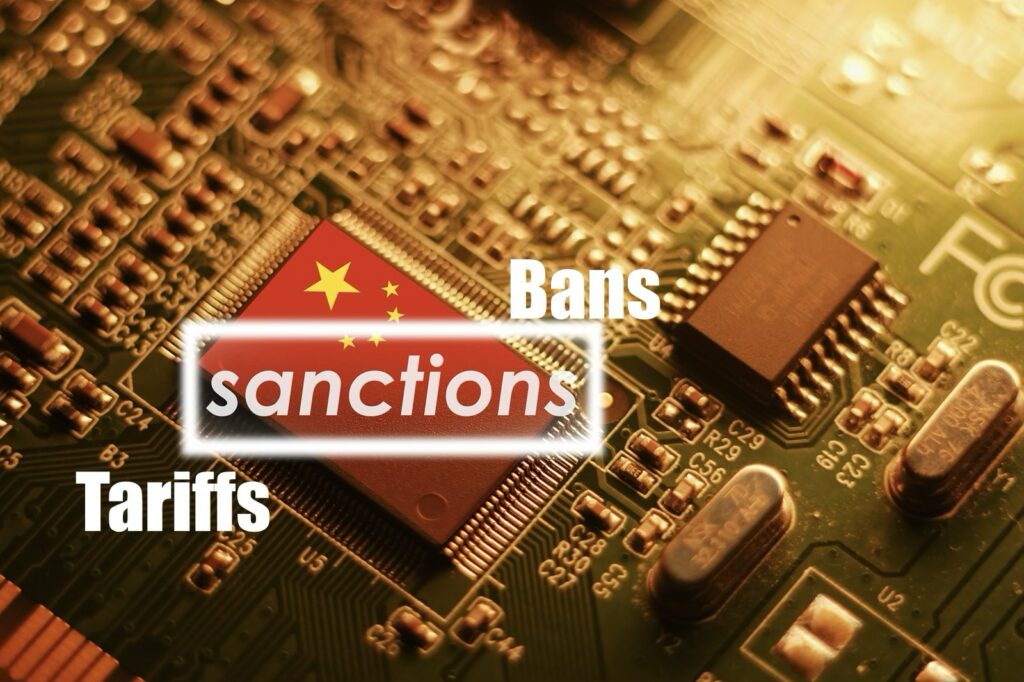
Just look at the current landscape of how China has been innovating through various trade related sanctions, bans, and tariffs. Necessity has always been the mother of invention, and in the case of China and the never-ending western pressure it has also been the catalyst in many cases for that which ultimately drives them to create and overcome.
Deep Thoughts with Bob Brewer VP Marketing at Braumiller Law Group
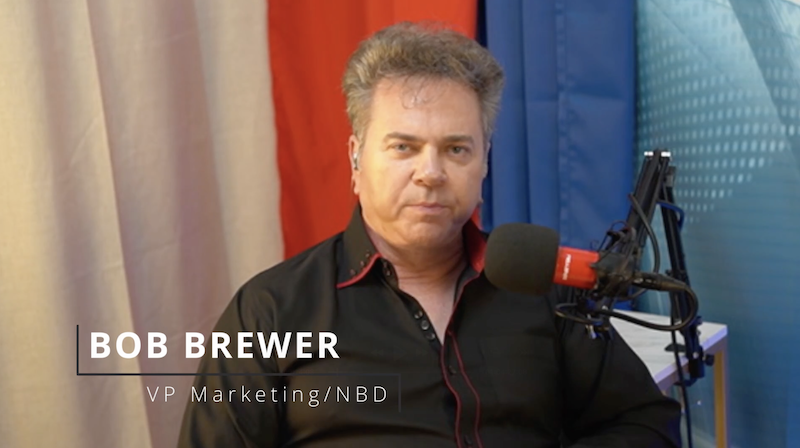
Bob Brewer VP Marketing at Braumiller Law Group shares his thoughts on his recent articles on international trade, including China.
Olivia Van Pelt, Law Clerk, SMU Student

VP of Marketing Bob Brewer sits down with Braumiller Law Group’s Law Clerk Olivia Van Pelt for a formal introduction
What It Means to Believe

Some people believe that the first U.S. moon landing was staged in a Hollywood studio and some people believe the earth is flat. Others believe chocolate milk comes from brown cows. Some people believe shape-shifting lizard people secretly run the world’s governments and media. Some people believe that the U.S. import tariffs are paid by the exporting country, and if that’s true then a brown cow was the first to land on the moon. But this fact was of course hidden from us via shape shifting lizards running the government. Be true to what you believe. At Braumiller Law Group we believe that our focusing on Global Trade Compliance, and no other practice area will make you a believer in our capabilities.
Monkeys and Harmonized Tariff Schedule
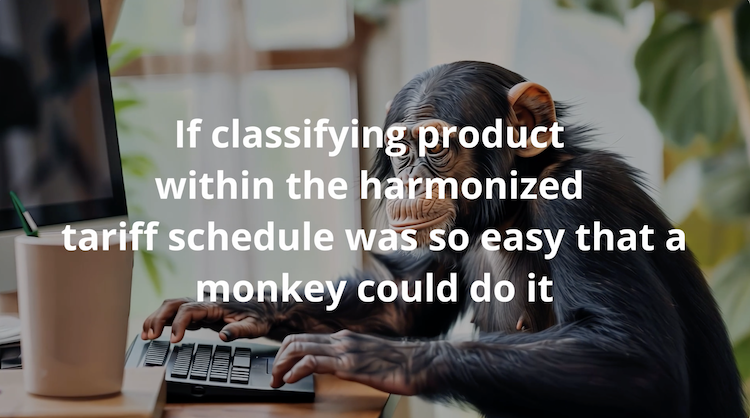
If classifying product within the harmonized tariff schedule was so easy that a monkey could do it, where are all those monkey classifiers? Fact is, classifying product correctly takes a certain amount of expertise. There are 21 sections, 96 chapters, 1,228 headings (4 digit codes) and 5,612 sub-headings (6 digit HS codes). Countries like the U.S. expand these 6 digit codes for a more detailed classification and getting it right the first time is essential to ensure that the supply chain is compliant.
Tariffs on Canadian Lumber

With all that is going on in the world of trade these days it does beg the question: exactly how much wood could a woodchuck chuck if a woodchuck could chuck wood? If it’s Canadian wood and it’s being exported to the U.S. it’s getting a 35% tariff and to the U.S. home builders, it’s really chucked up!
Adrienne Braumiller Discusses Tariffs
Adrienne Braumiller, Managing Partner and Founder of Braumiller Law Group sits down with Bob Brewer, VP at Braumiller Law Group, to discuss President Trump’s ever changing tariff environment since “liberation day” and the challenges posed in providing clients with accurate tracking information. They discuss the impact on U.S. manufacturing firms, including small ones that are finding it especially difficult to manage the impacts, as well as what the impact will be on China.
Brandon French Discusses Reciprocal Tariffs

Brandon French, Senior Associate Attorney, sits down with Bob Brewer, VP at Braumiller Law Group to discuss President Trump’s reciprocal tariffs. They discuss how they have been challenging to track, starting with “liberation day” in April with country-specific tariffs with continued movement since then. They discuss specific concerns with China, Brazil, India, and Mexico, and anticipating best and worst case scenarios in the coming months.
As the U.S. Pushes For More Protectionism, Global Trade Turns to Another Obvious Option- China
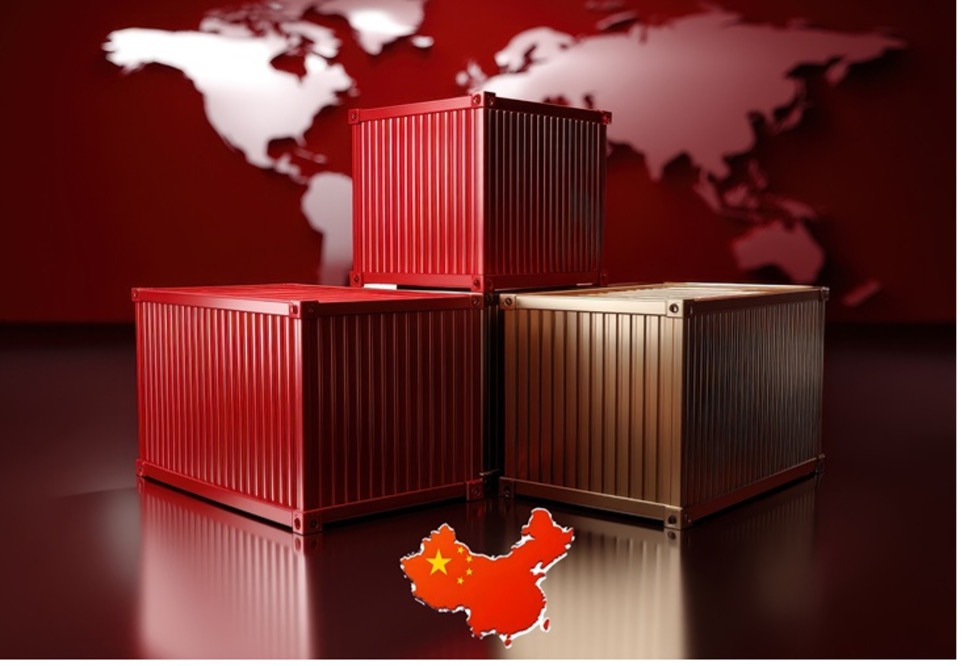
Here we are. August 1st, 2025, and the media is now publishing what facts they have on the various trade deals as well as those that have yet to come to fruition, in addition to the new announcement of imposed global tariffs which range anywhere from 10% to 41%, Yes, the trade world is on fire from a U.S. perspective. CNN, my “go-to” is reporting that the Trump Administration is imposing tariffs on over 60 countries around the globe.
